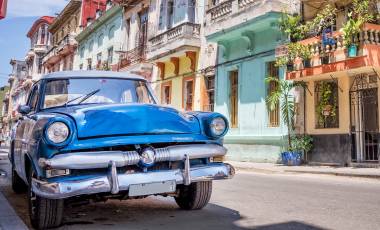For many people, discovering the beauty of a country’s culture can be the original spark for lifelong dreams about traveling there. Before December 2014, when President Barack Obama announced that he would finally restore full U.S. diplomatic relations with Cuba, most Americans could only fantasize about traveling to Cuba.
But through the music of Buena Vista Social Club, the art of Wilfredo Lam, and dance styles such as the cha-cha and mambo, we were able to get a sense of the character of Cuban culture long before we could legally set foot upon its shores.
Now that restrictions on travel to Cuba are being lessened, it’s a great time to learn more about the country’s culture as a way to enhance our experiences when we visit.
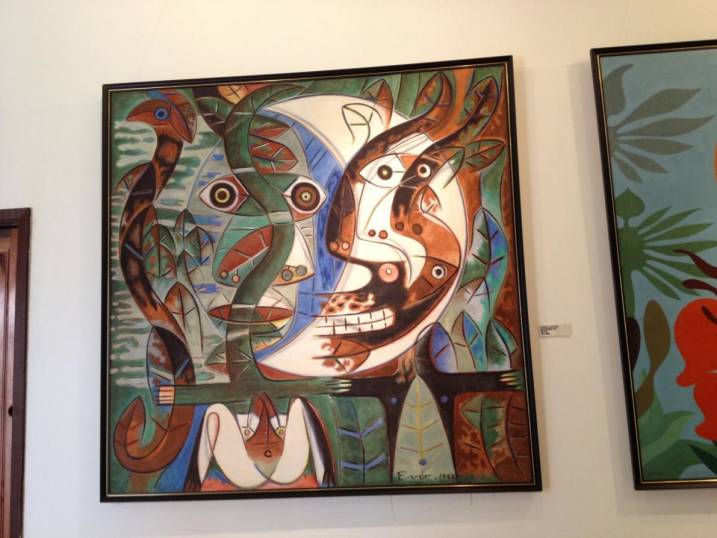
Cuban Art
The art of Cuba is wildly diverse, reflecting the island’s rich melange of cultures. African, European, North and South American influences all blended together over the 19th and early 20th centuries, before the economic embargo cut off most contact with the outside world.
The country’s influential innovators included avant-garde muralist Amelia Peláez; painter Wilfredo Lam, who studied under Salvador Dalí’s teacher and specialized in surrealist-style hybrid figures; photographer Alberto Korda, best known for his pictures of Che Guevera in the early days of the Cuban Revolution; and Corso de Palenzuela, whose folksy paintings depicted icons such as Che, Celia Cruz and Ruben Gonzalez in a vibrant Cuban landscape.
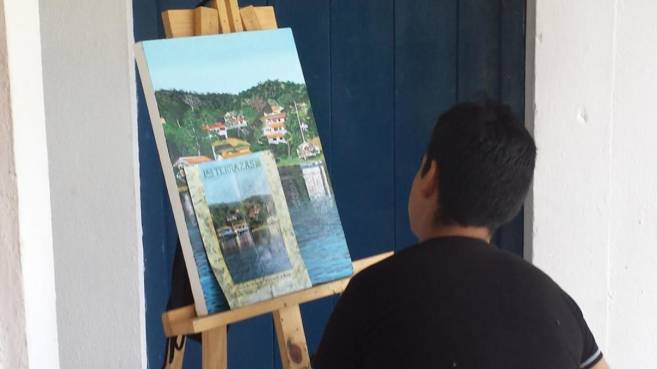
After the revolution in 1959, the Cuban art scene became somewhat divided. Some artists chose to leave the island and pursue their careers in exile, tapping into the sociopolitically charged movements of the United States and Europe. Others remained in the country, where art was sponsored by the government, enduring the censorship that inherently comes with “state-sponsored” territory.
Cuba’s thriving arts scene today reflects myriad styles and influences. From Havana’s Museo Nacional de Bellas Artes and the prestigious National School of Art to independent artists with studios in Havana and Trinidad and a burgeoning street art movement, the visual medium is an essential element of Cuban life. And as the Cuban travel boom begins, more and more connoisseurs are visiting the island in hopes of adding to their collections.

Cuban Dance
Few countries have had more influence on the world of dance than Cuba. Most of the major Cuban dance styles can be traced back to the Danzón, which evolved out of a dance with English origins that was probably introduced by the Spanish, and then later mixed with Afro-Caribbean influences.
The official musical genre and dance of Cuba, Danzón updated traditional sequence dances of the 18th and 19th centuries, which pre-dated the intricate choreography of modern ballroom dancing. The Danzón became controversial due to its slow and sexy, African-style hip movements, which were deemed obscene partly because they were popular among a young, mixed-race crowd.
By the mid-20th century, Danzón was evolving into new forms of music and dance that resonated far beyond Cuba’s shores. Mambo (which means “conversation with the gods”), named after a song written in 1938 by legendary brothers Orestes and Cachao Lopez, added African folk rhythms. The cha-cha-cha, named after a 1953 song by composer Enrique Jorrín, syncopated the fourth beat as dancers shuffled their feet to the scraping rhythm of the güiro. Salsa, which originated in New York City in the ‘70s, incorporated elements of swing dancing and The Hustle with these Afro-Caribbean styles.
Cuba is also home to the world’s biggest ballet school, the Cuban National Ballet School, which has around 3,000 students.
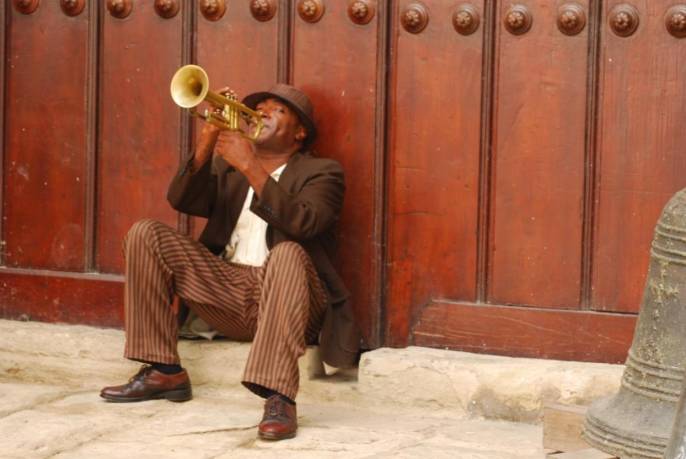
Cuban Music
The music of Cuba has had an enormous influence on global culture relative to the size of the island, especially when you consider its longtime political isolation.
The 18th and 19th centuries were largely dominated by European classical music and the more folksy bolero and guaracha styles favored by itinerant musicians known as trovadors (whose compositions continue to be adapted to various genres of Cuban music today. But it was Son Cubano, which married Spanish guitar with African percussion, that rose to popularity in the 1930s and put Cuba on the world’s musical map.
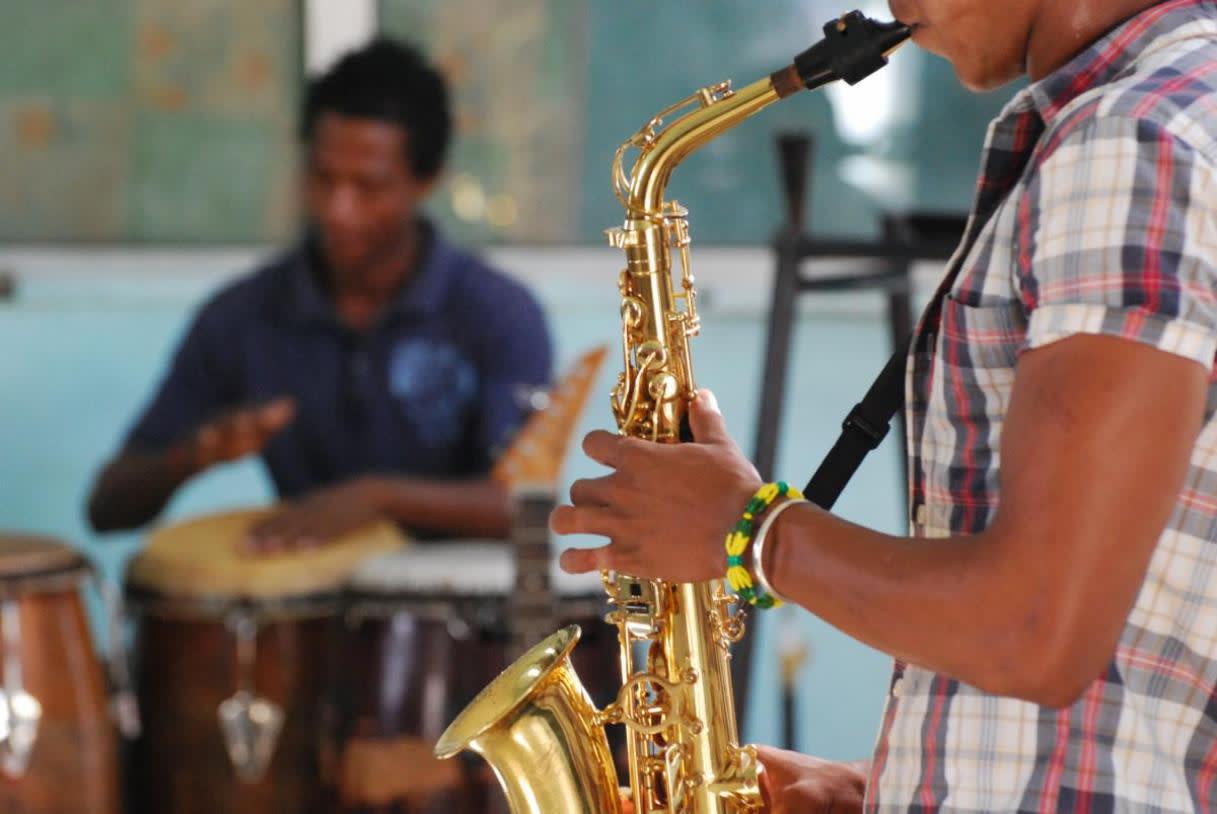
Son, which has many stylistic variations, has roots in the mountainous regions of the Cuban province of Oriente. But it was perfected in the progressive city of Havana during the Prohibition era, when Big Band instruments were added to the traditional ensemble of tres guitar, double bass, claves and maracas. It was Son that gave birth to Cuban jazz, and ultimately made artists such as Compay Segundo, Rubén González and Ibrahim Ferrer famous as leaders of the Buena Vista Social Club.
Many of these legends have passed away, but their influential legacy lives on in the music of Cuba today. You can hear their spirits resonating in the streets of Havana and Trinidad, in the music that provides the soundtrack to the everyday lives of Cuba’s people.

